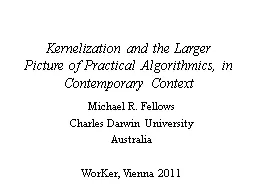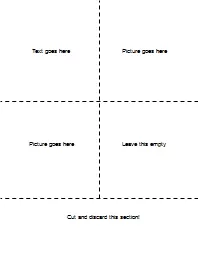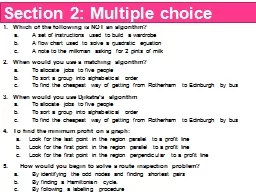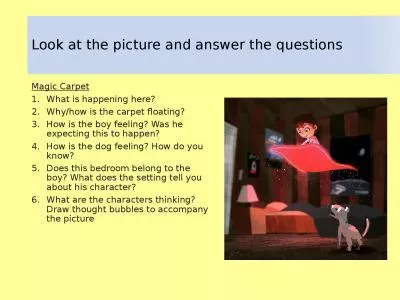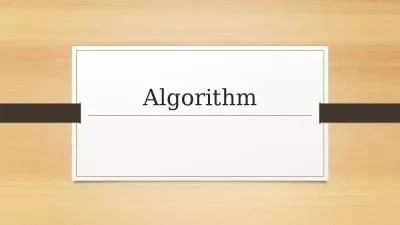PPT-Kernelization and the Larger Picture of Practical Algorithm
Author : min-jolicoeur | Published Date : 2016-05-06
Michael R Fellows Charles Darwin University Australia WorKer Vienna 2011 Two thoughts on parameterized complexity and theoretical computer science PC is as much
Presentation Embed Code
Download Presentation
Download Presentation The PPT/PDF document "Kernelization and the Larger Picture of ..." is the property of its rightful owner. Permission is granted to download and print the materials on this website for personal, non-commercial use only, and to display it on your personal computer provided you do not modify the materials and that you retain all copyright notices contained in the materials. By downloading content from our website, you accept the terms of this agreement.
Kernelization and the Larger Picture of Practical Algorithm: Transcript
Download Rules Of Document
"Kernelization and the Larger Picture of Practical Algorithm"The content belongs to its owner. You may download and print it for personal use, without modification, and keep all copyright notices. By downloading, you agree to these terms.
Related Documents

